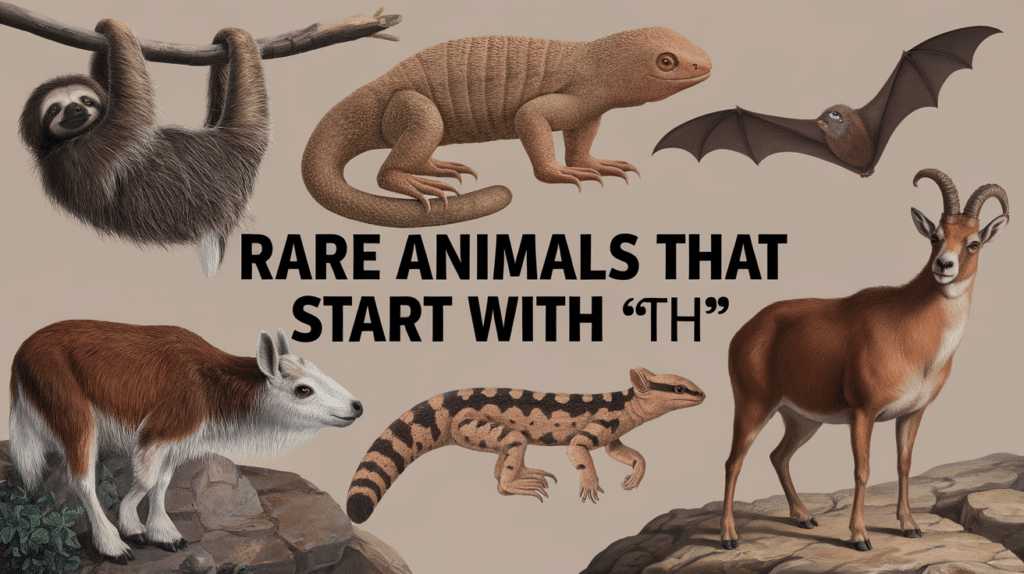This article spotlights fascinating creatures whose names begin with “Th” – from the elusive Thomson’s gazelle to the remarkable thorny devil.
Many of these animals remain unknown to most people, yet they represent some of nature’s most incredible adaptations and survival stories. These rare animals have captured the attention of scientists and wildlife enthusiasts worldwide.
Research shows that several of these species face significant conservation challenges, with some populations declining by up to 50% in recent decades.
Ready to meet some amazing animals you might never have heard of?
Let’s get started.
Exotic Animals that Start with “Th”
1. Thresher Shark
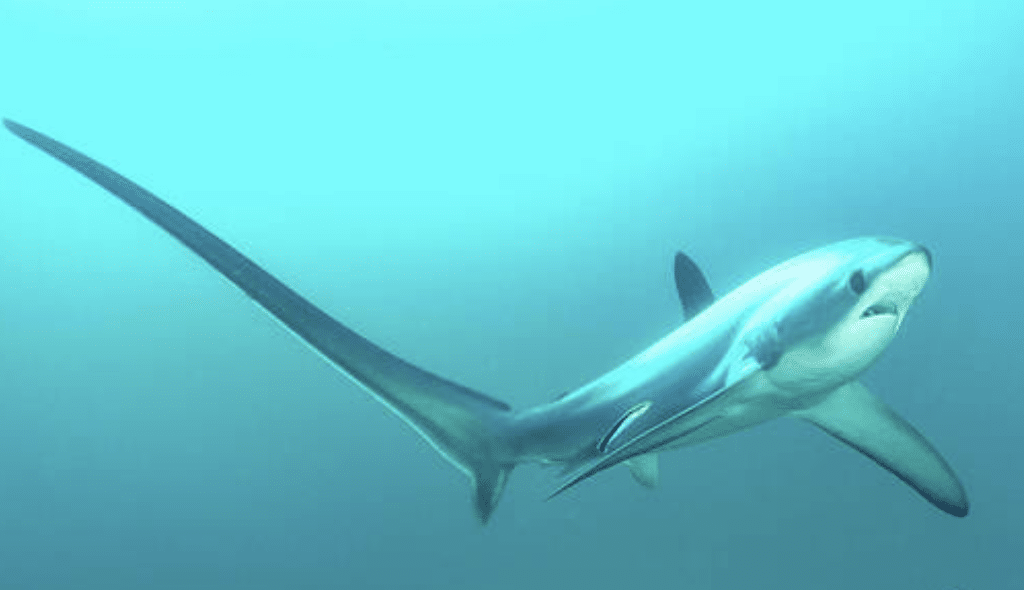
The thresher shark is known for its long, whip-like tail, which it uses to stun its prey.
This shark is found in both warm and temperate oceans around the world. It is a skilled predator, primarily feeding on schools of fish and squid.
- Scientific Name: Alopias vulpinus
- Habitat: Coastal and deep ocean waters
- Classification: Chondrichthyes, Elasmobranchii, Alopiidae
2. Thomson’s Gazelle
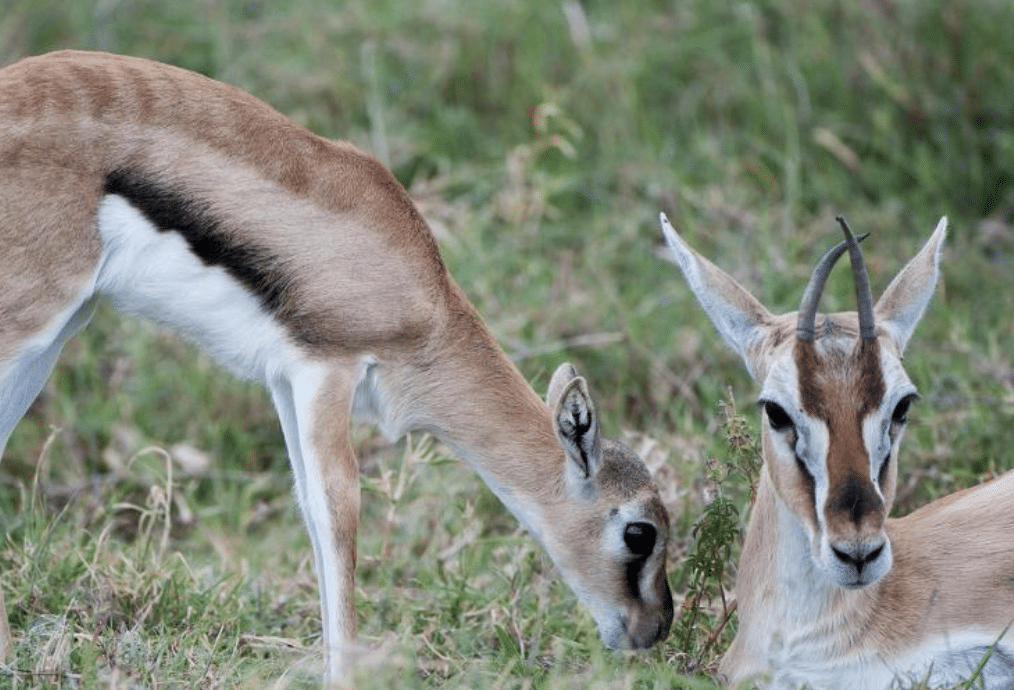
Thomson’s gazelle is one of the most abundant gazelles in East Africa, known for its agility and speed.
It is a common sight on the grasslands of Kenya and Tanzania, where it feeds on grass. These gazelles are a crucial part of the ecosystem, providing prey for large predators like cheetahs and lions.
- Scientific Name: Eudorcas thomsonii
- Habitat: Grasslands and savannas of East Africa
- Classification: Mammalia, Artiodactyla, Bovidae
3. Three-Toed Sloth
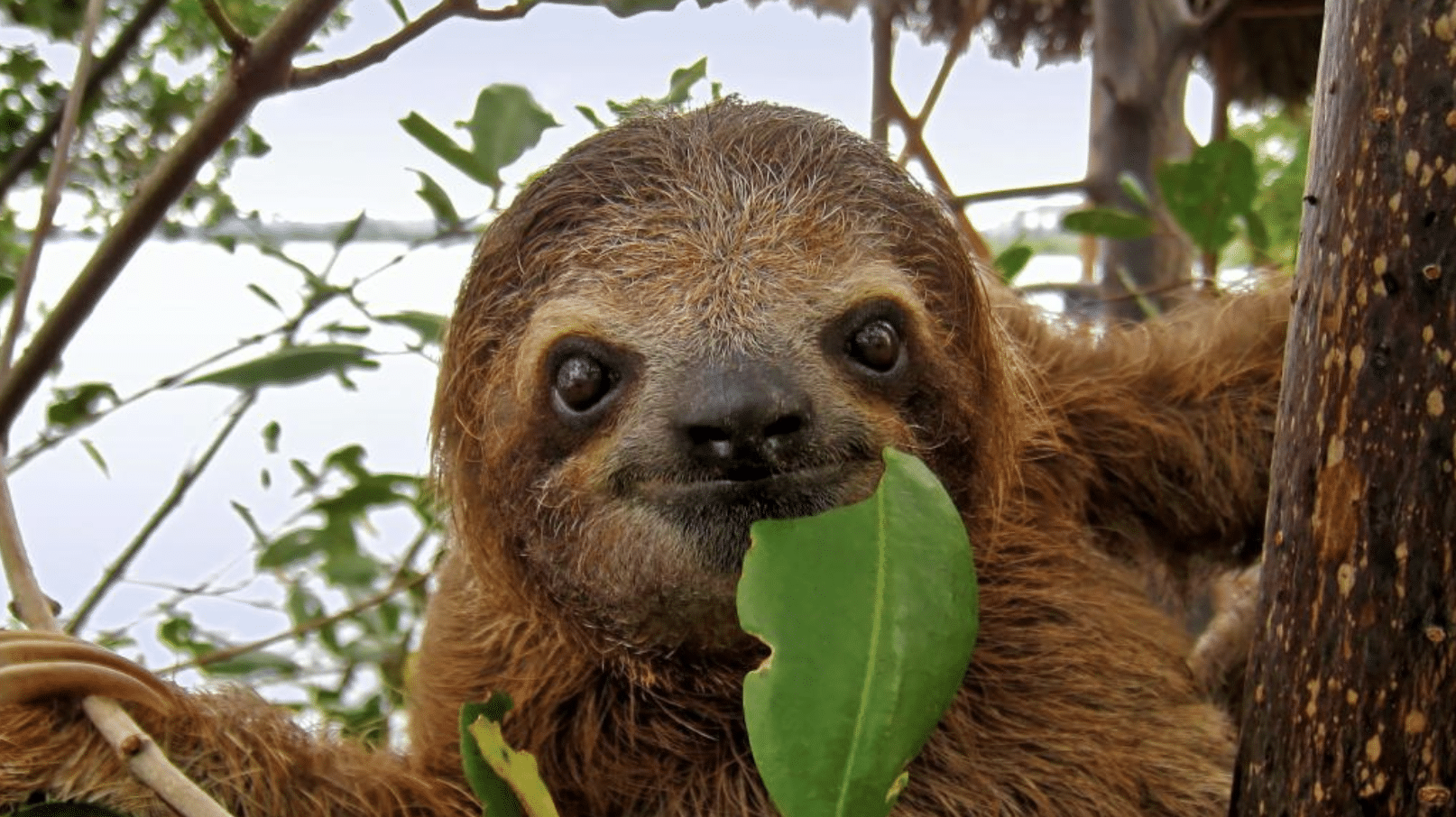
The three-toed sloth is an arboreal mammal, famous for its slow movements and three toes on each foot.
It spends most of its life hanging upside down in the rainforests of Central and South America. Despite their slow pace, sloths are excellent swimmers.
- Scientific Name: Bradypus variegatus
- Habitat: Rainforests in Central and South America
- Classification: Mammalia, Pilosa, Bradypodidae
4. Thick-billed Murre
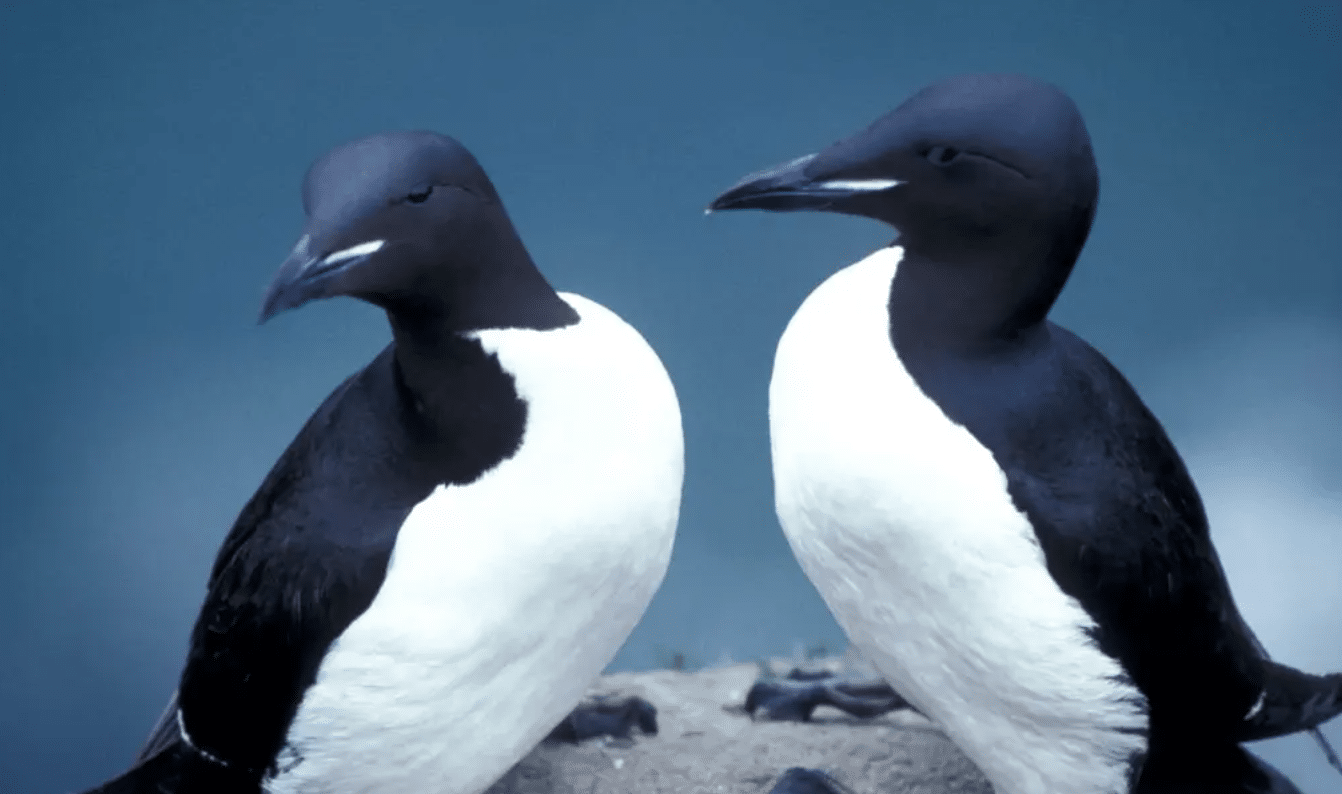
The thick-billed murre is a seabird found in the cold coastal waters of the North Atlantic and Arctic oceans.
It is known for its large, thick bill and remarkable diving abilities, often hunting for fish and crustaceans underwater. These birds are excellent fliers and nest on steep cliffs.
- Scientific Name: Uria lomvia
- Habitat: Coastal cliffs of the North Atlantic
- Classification: Aves, Charadriiformes, Alcidae
5. Thai Elephant
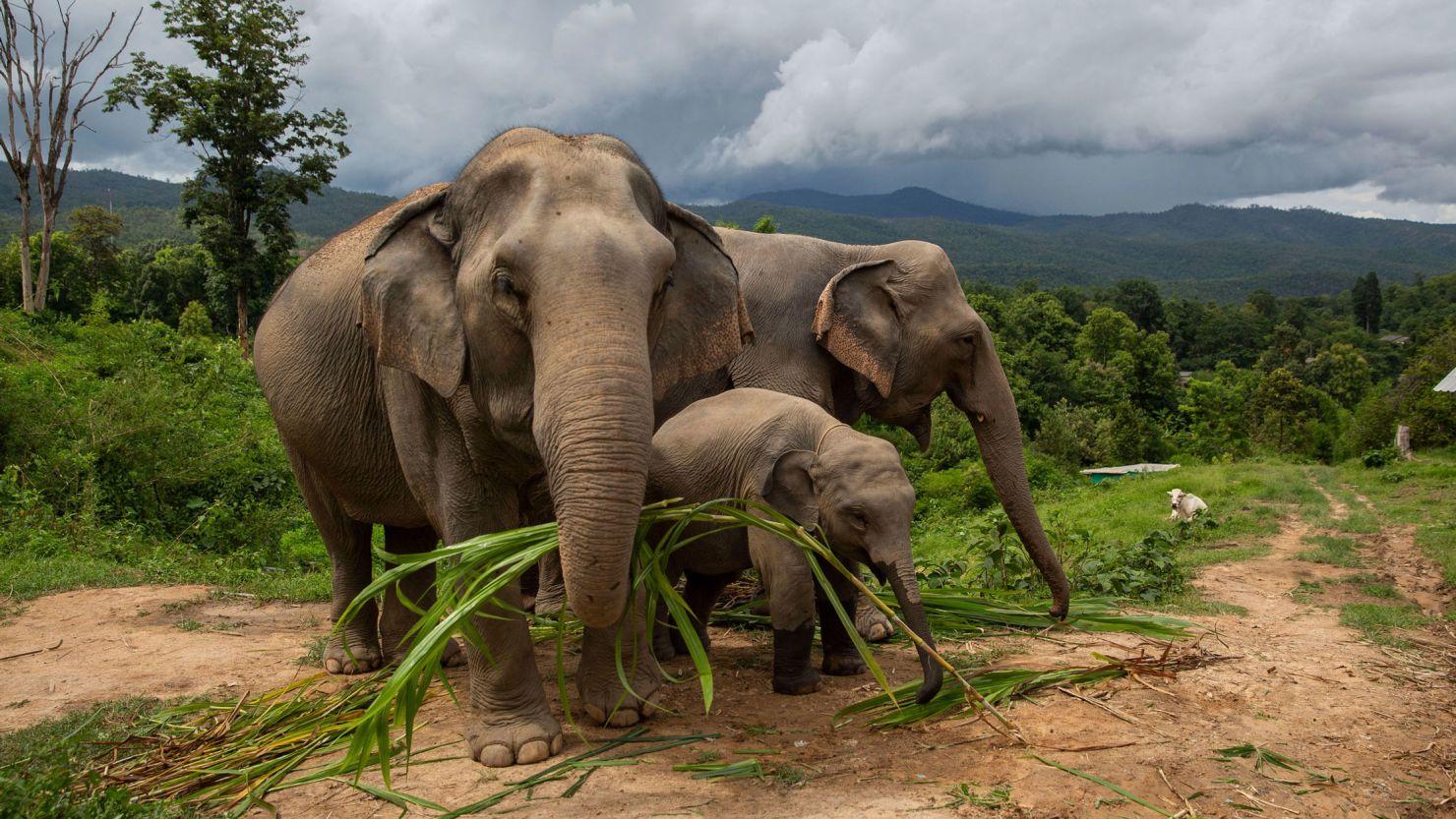
The Thai elephant is a subspecies of the Asian elephant, primarily found in Thailand. It is renowned for its large size, intelligence, and cultural significance in Thai society.
These elephants are often used in ceremonial roles and are known for their strong memory and social behavior.
- Scientific Name: Elephas maximus indicus
- Habitat: Forests, grasslands, and river valleys in Thailand
- Classification: Mammalia, Proboscidea, Elephantidae
6. Thorny Devil
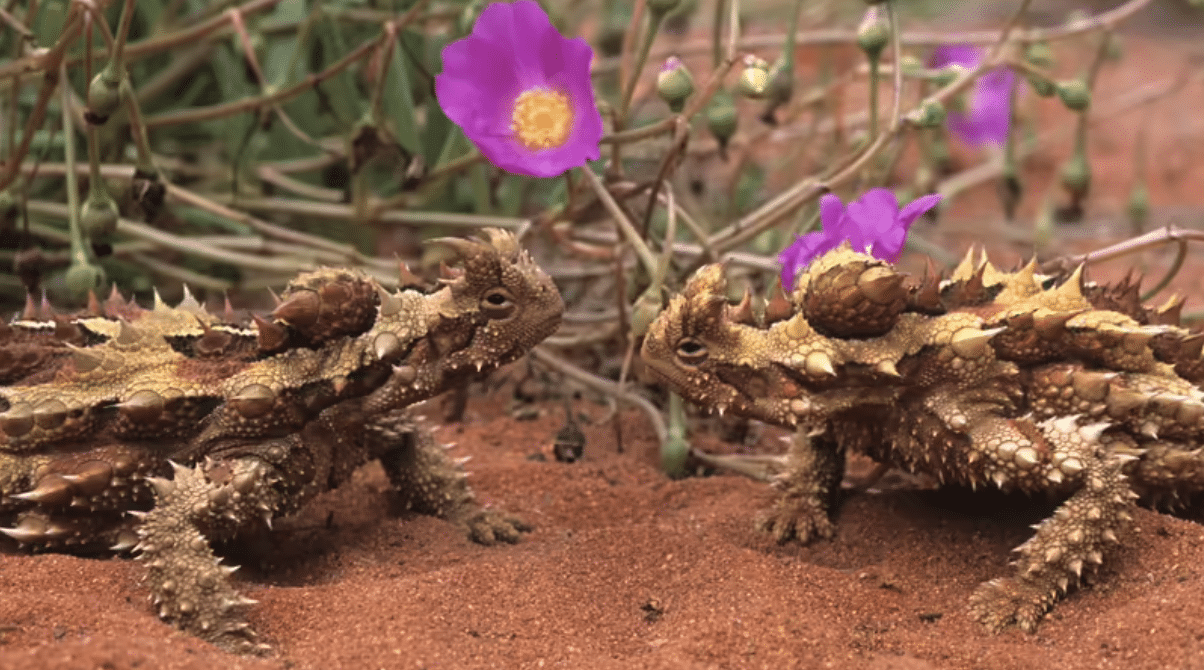
The thorny devil is a unique reptile from Australia, easily recognizable by its spiky body and remarkable ability to camouflage.
It feeds primarily on ants and uses its “false head” on the back of its neck to confuse predators. Thorny devils also collect water through grooves in their skin.
- Scientific Name: Moloch horridus
- Habitat: Arid and semi-arid areas of Australia
- Classification: Reptilia, Squamata, Agamidae
7. Thylacine
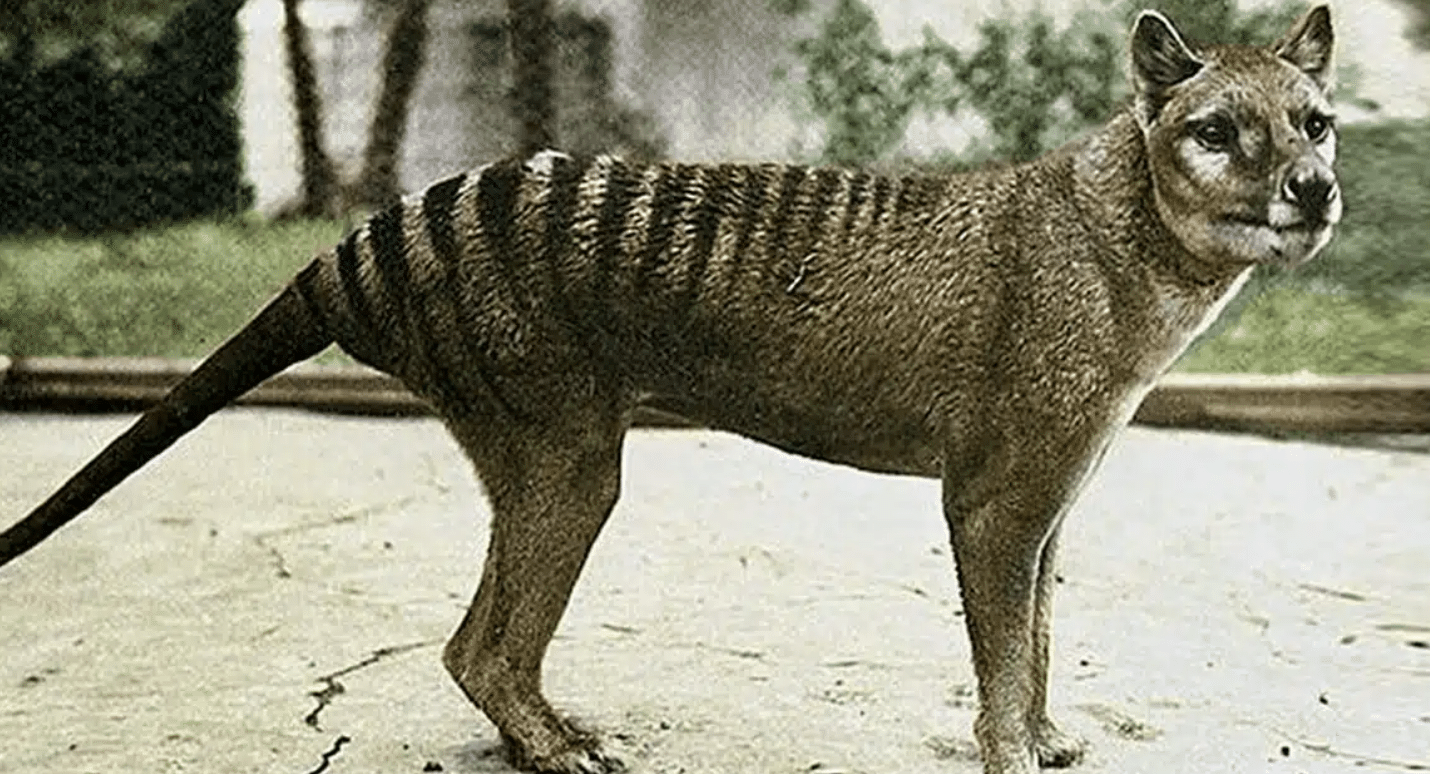
The thylacine, also known as the Tasmanian tiger, was a carnivorous marsupial once native to Tasmania, Australia, and New Guinea.
It was hunted to extinction in the early 20th century but was known for its striped coat and dog-like appearance. Thylacines were nocturnal and hunted small animals.
- Scientific Name: Thylacinus cynocephalus
- Habitat: Tasmanian forests and woodlands
- Classification: Mammalia, Marsupialia, Thylacinidae
8. Three-Spined Stickleback
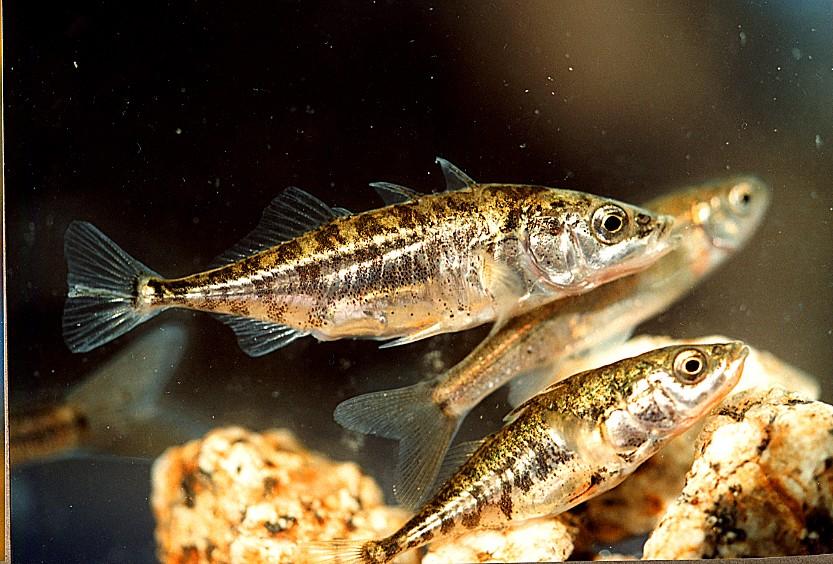
The three-spined stickleback is a small fish found in both freshwater and marine environments across Europe, Asia, and North America.
It is famous for the three spines on its back and for its complex courtship rituals. This fish adapts easily to various habitats, from rivers to coastal waters.
- Scientific Name: Gasterosteus aculeatus
- Habitat: Freshwater lakes, rivers, and coastal waters
- Classification: Actinopterygii, Gasterosteiformes, Gasterosteidae
9. Thresher Ray

The thresher ray is closely related to the thresher shark, often found in deep waters.
These rays use their large, whip-like tail to herd prey into tight schools before striking. They are primarily found in the tropical and temperate oceans of the world.
- Scientific Name: Alopias pelagicus
- Habitat: Deep, tropical, and temperate oceans
- Classification: Chondrichthyes, Elasmobranchii, Alopiidae
10. Thalassina
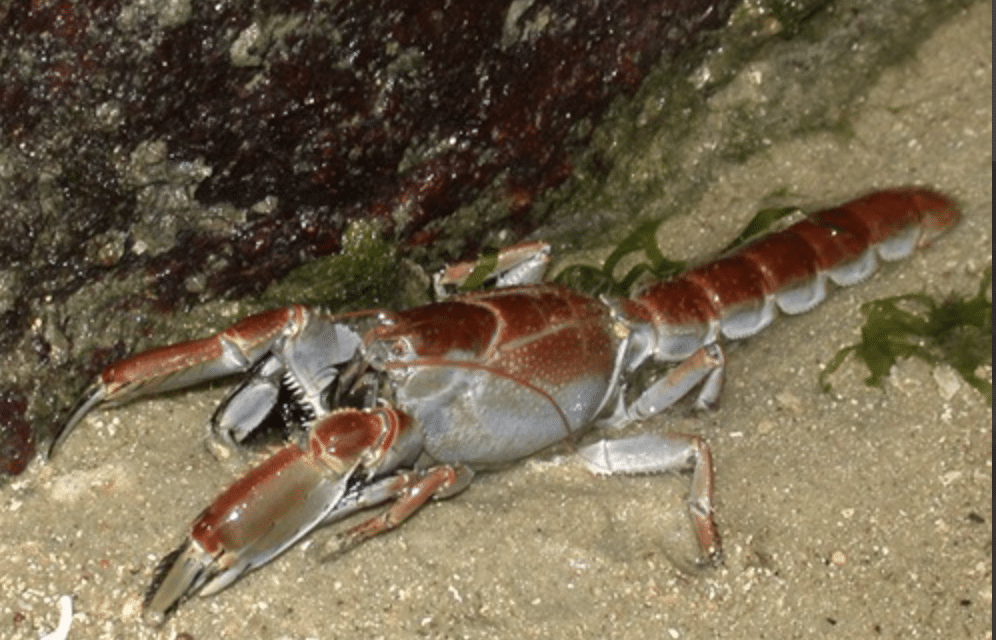
Thalassina is a genus of large, burrowing, and primarily nocturnal crustaceans found in coastal environments. They are often referred to as mud lobsters and play a significant role in aerating the mud.
Found mostly in the Indo-Pacific region, they build complex burrow systems.
- Scientific Name: Thalassina anomala
- Habitat: Muddy coastal areas and tidal flats
- Classification: Arthropoda, Malacostraca, Thalassinidae
11. Thorny Oyster
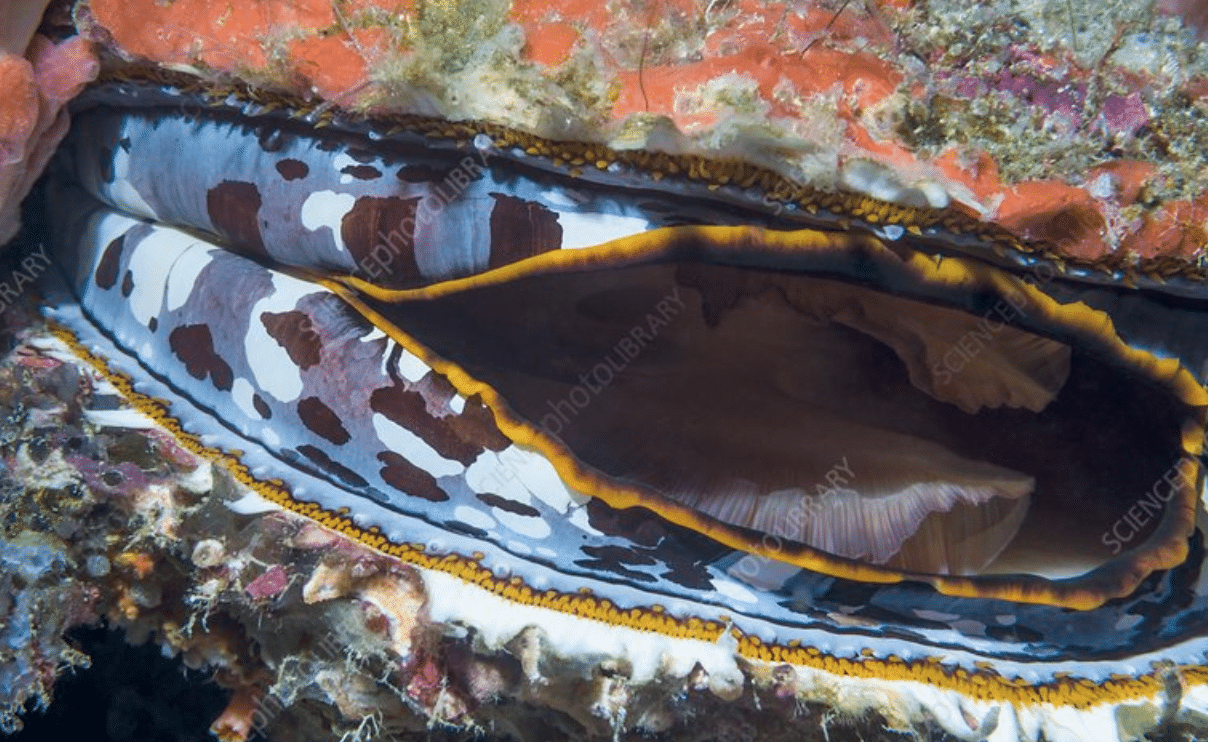
The thorny oyster is a bivalve mollusk found in the Indo-Pacific region. Known for its unique, spiny exterior, this oyster is commonly found attached to rocks and coral reefs.
The thorny oyster is a filter feeder, playing an important role in its ecosystem by filtering plankton from the water.
- Scientific Name: Spondylus gaederopus
- Habitat: Coral reefs and rocky substrates in the Indo-Pacific
- Classification: Mollusca, Bivalvia, Pectinidae
12. Thekla Lark
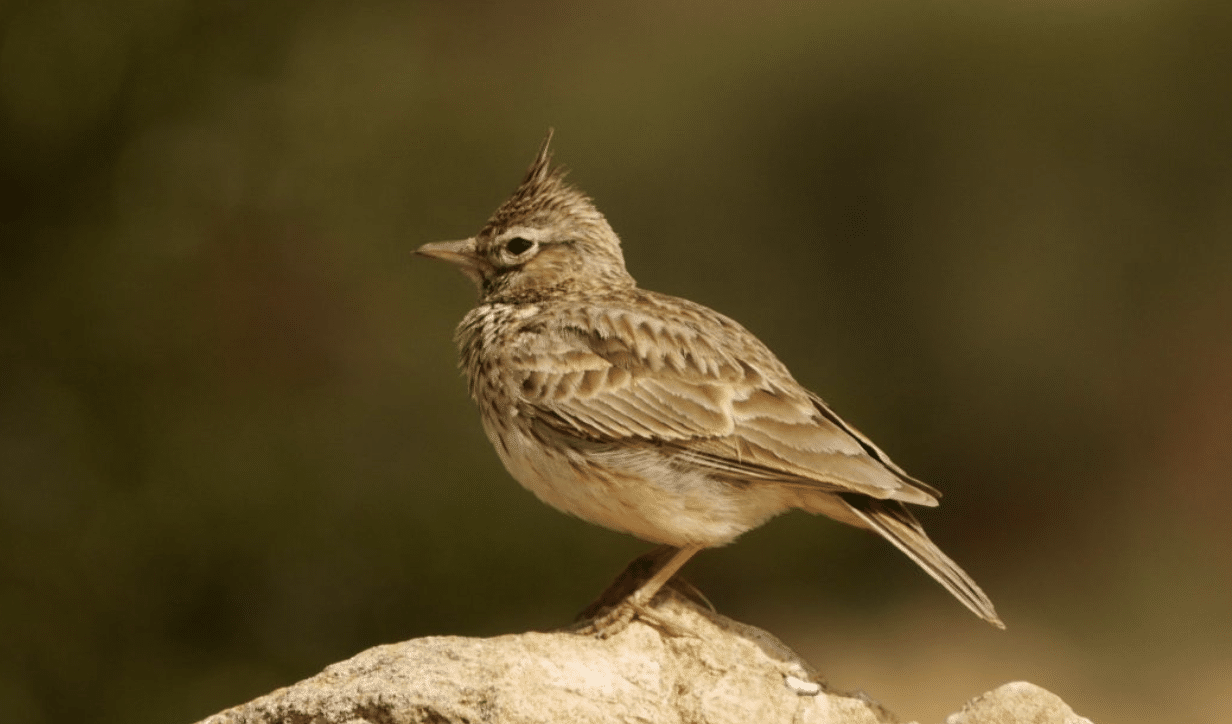
Thekla Lark is a small bird native to Southern Europe, especially in Spain, where it inhabits dry, open landscapes. These birds are ground-dwelling and are known for their ability to adapt to arid environments.
They often feed on seeds and insects.
- Scientific Name: Galerida theklae
- Habitat: Dry, open fields, and farmland
- Classification: Aves, Passeriformes, Alaudidae
13. Thamnophis (Common Garter Snake)
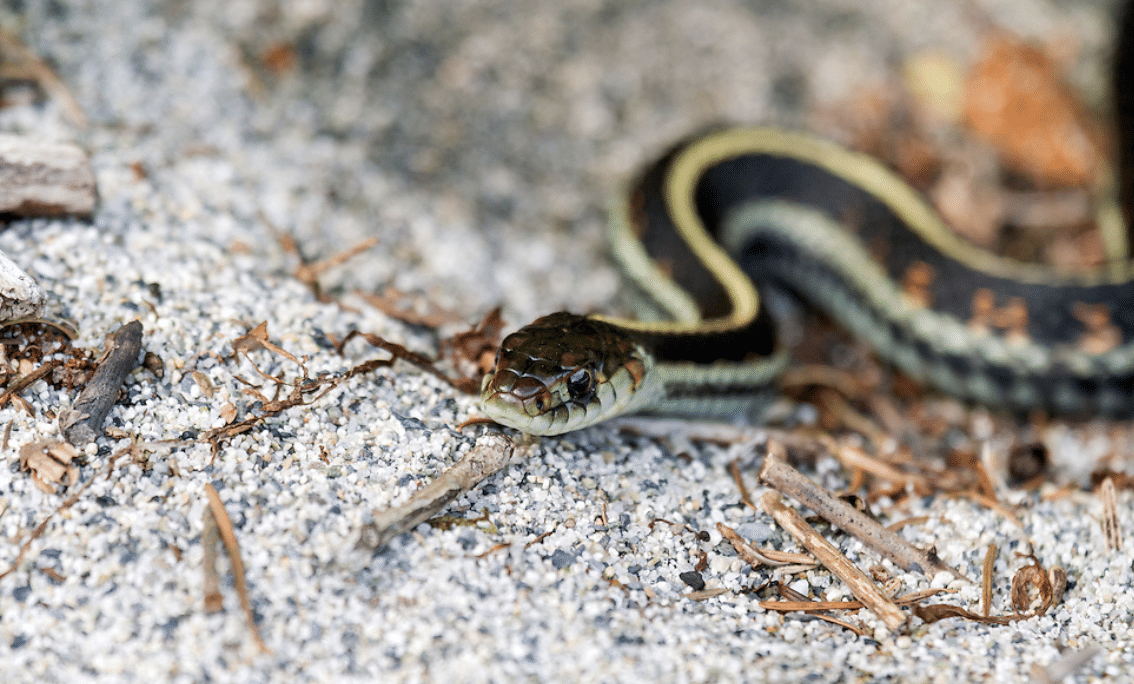
The common garter snake is one of the most widespread snake species in North America. They are highly adaptable, living in forests, grasslands, and wetlands.
These snakes are non-venomous and feed primarily on small amphibians, fish, and invertebrates.
- Scientific Name: Thamnophis sirtalis
- Habitat: Meadows, grasslands, and wetlands
- Classification: Reptilia, Squamata, Colubridae
14. Thorntail
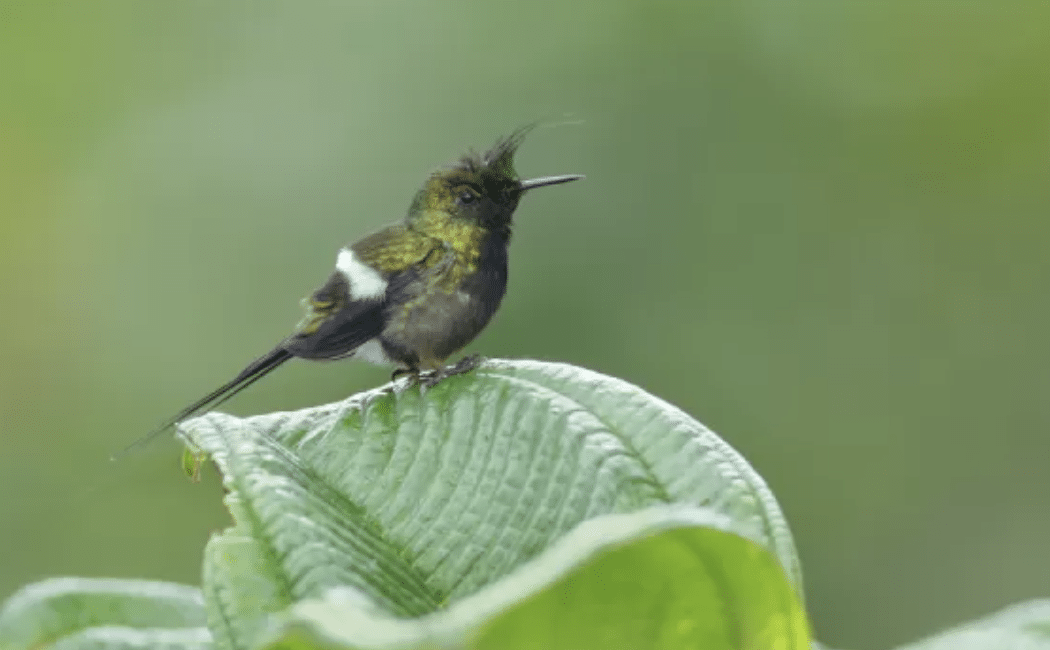
The thorntail is a species of hummingbird native to the Andean regions of South America.
They are characterized by their long, spiky tail feathers and vivid green plumage. These birds are known for their rapid flight and the ability to hover in place while feeding on nectar.
- Scientific Name: Discosura popelairii
- Habitat: Tropical Andean forests
- Classification: Aves, Apodiformes, Trochilidae
15. Thomas’s Langur
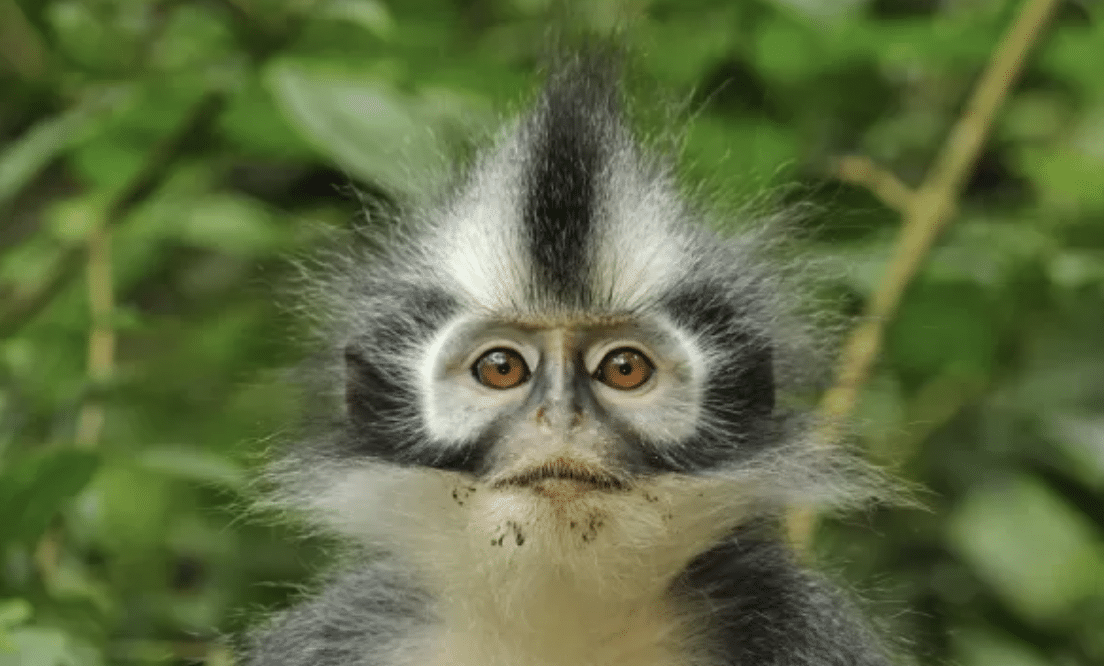
Thomas’s langur is a primate species found in the forests of Myanmar and parts of China. It is characterized by its striking black and white fur and long tail.
These langurs are primarily herbivores, feeding on leaves, fruits, and flowers.
- Scientific Name: Trachypithecus thomasi
- Habitat: Mountainous forests of Myanmar and China
- Classification: Mammalia, Primates, Cercopithecidae
16. Thrush Nightingale
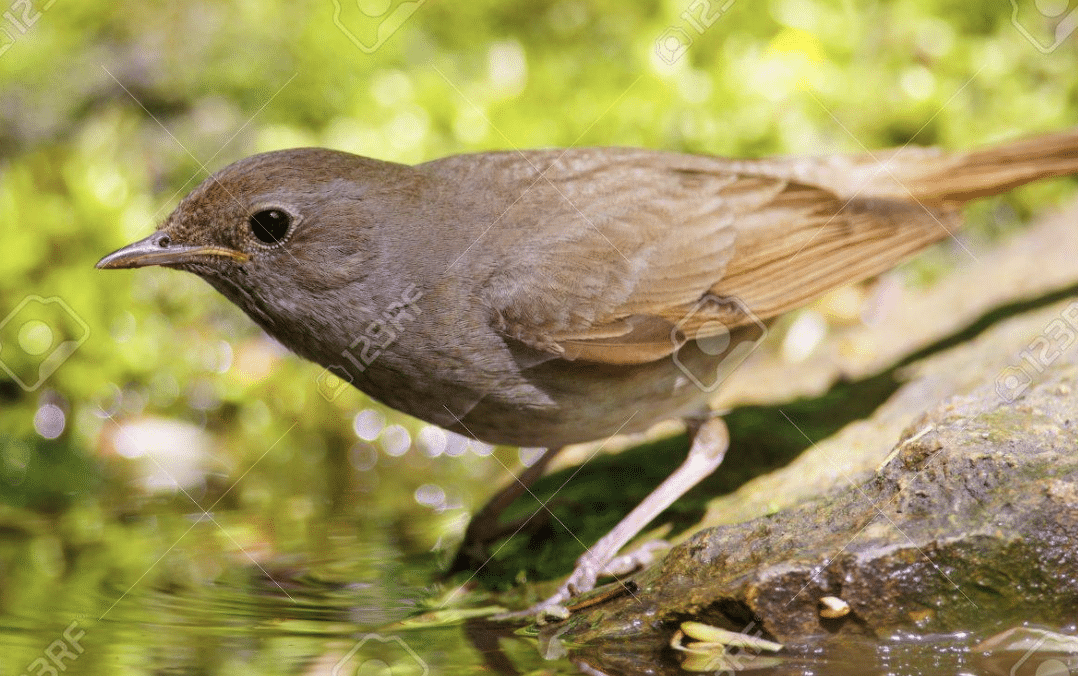
The thrush nightingale is a migratory bird known for its sweet and melodious song. Found across Europe and parts of Asia, it thrives in dense vegetation where it builds its nest on the ground.
It is often associated with forest and woodland areas.
- Scientific Name: Luscinia luscinia
- Habitat: Woodlands, forests, and scrubland
- Classification: Aves, Passeriformes, Muscicapidae
17. Thumper (Eastern Cottontail)
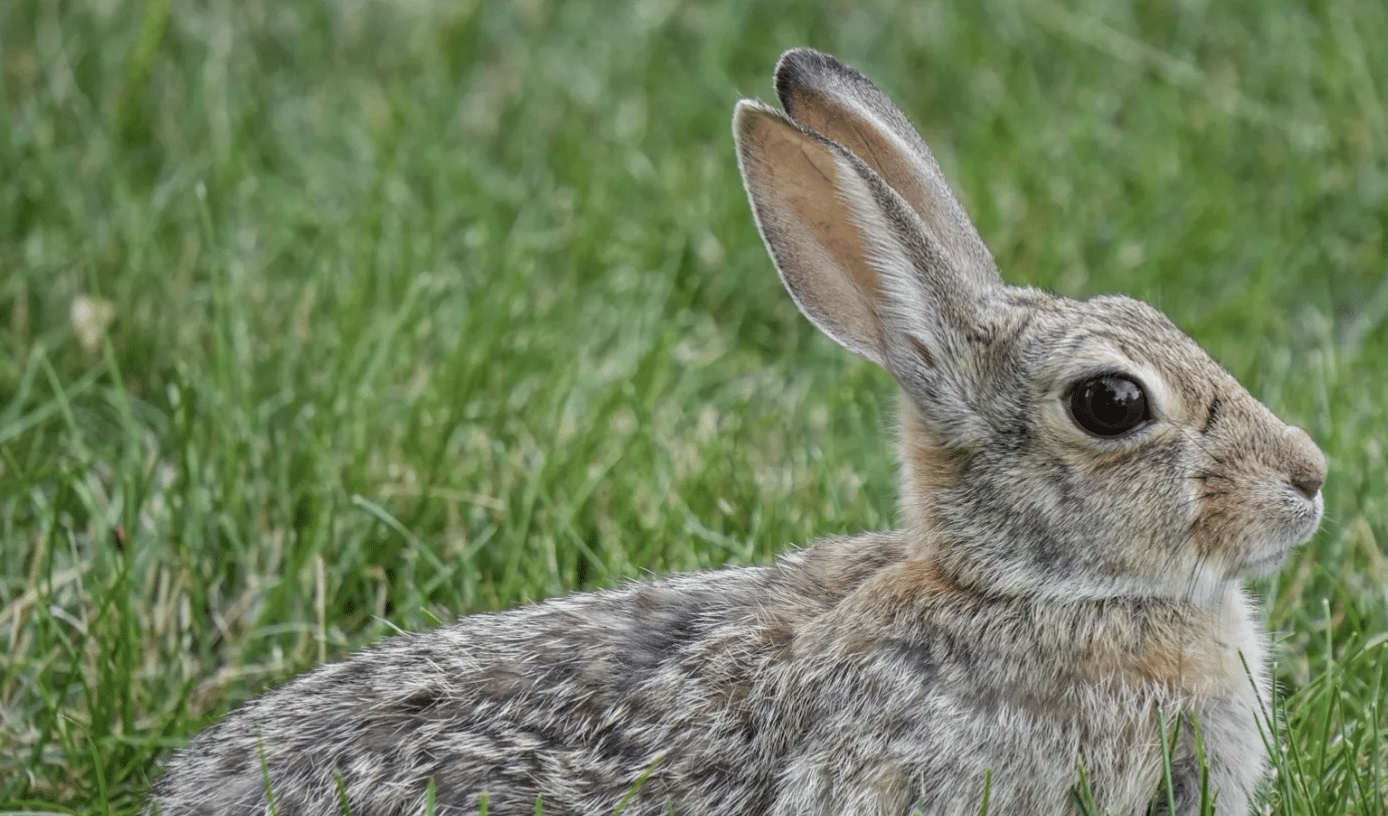
The Eastern Cottontail is a common rabbit species in North America.
It is known for its brown fur, white tail, and strong hind legs used for quick, evasive jumps. This rabbit is found in a variety of habitats, including woodlands, fields, and even urban areas.
- Scientific Name: Sylvilagus floridanus
- Habitat: Woodlands, fields, grasslands, and urban areas
- Classification: Mammalia, Lagomorpha, Leporidae
18. Three-striped Palm Civet
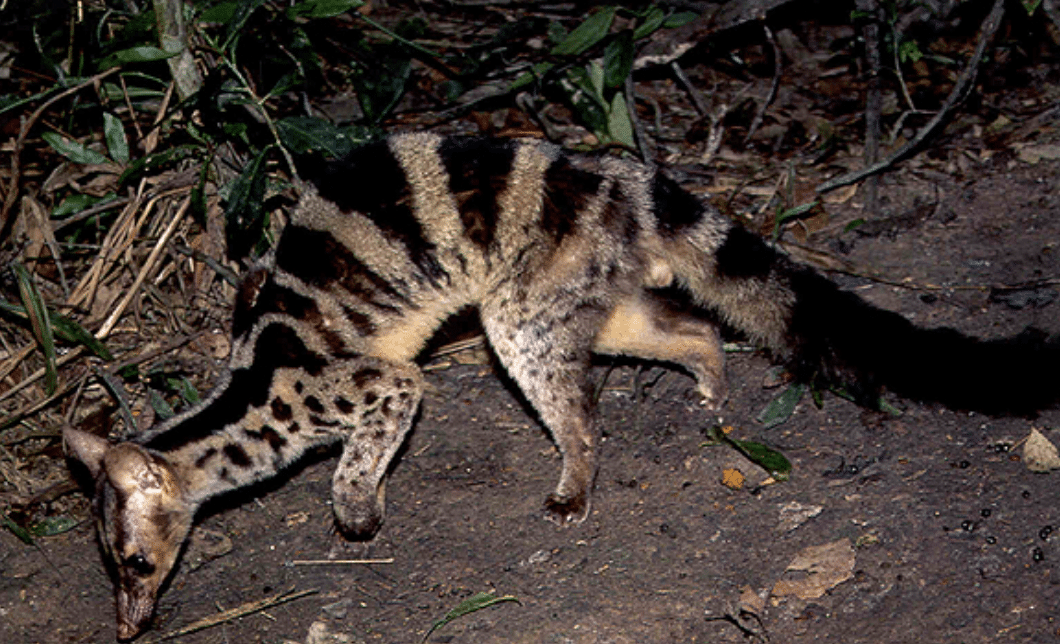
The three-striped palm civet is a small carnivorous mammal found in Southeast Asia. It is nocturnal and arboreal, living in dense tropical forests.
Known for its distinctive three stripes on its back, this civet feeds on fruits, insects, and small animals.
- Scientific Name: Paradoxurus tri-striatus
- Habitat: Tropical forests of Southeast Asia
- Classification: Mammalia, Carnivora, Viverridae
19. Thick-tailed Bushbaby
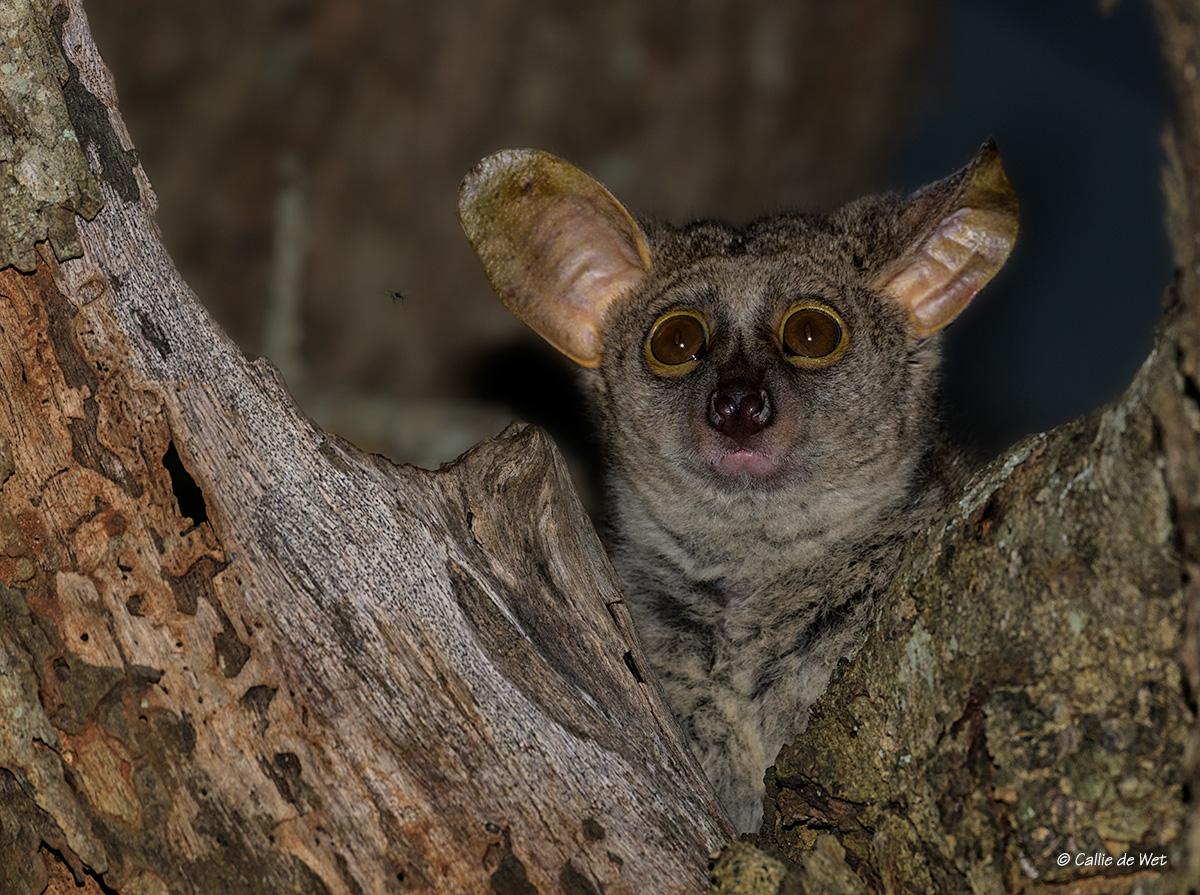
The thick-tailed bushbaby is a nocturnal primate native to the forests of Africa. Known for its large eyes, this small creature has a thick tail that is used for balance and communication.
It primarily feeds on insects, fruits, and tree sap.
- Scientific Name: Galago crassicaudatus
- Habitat: Forests and woodlands of Africa
- Classification: Mammalia, Primates, Galagidae
20. Thar (Mountain Goat)
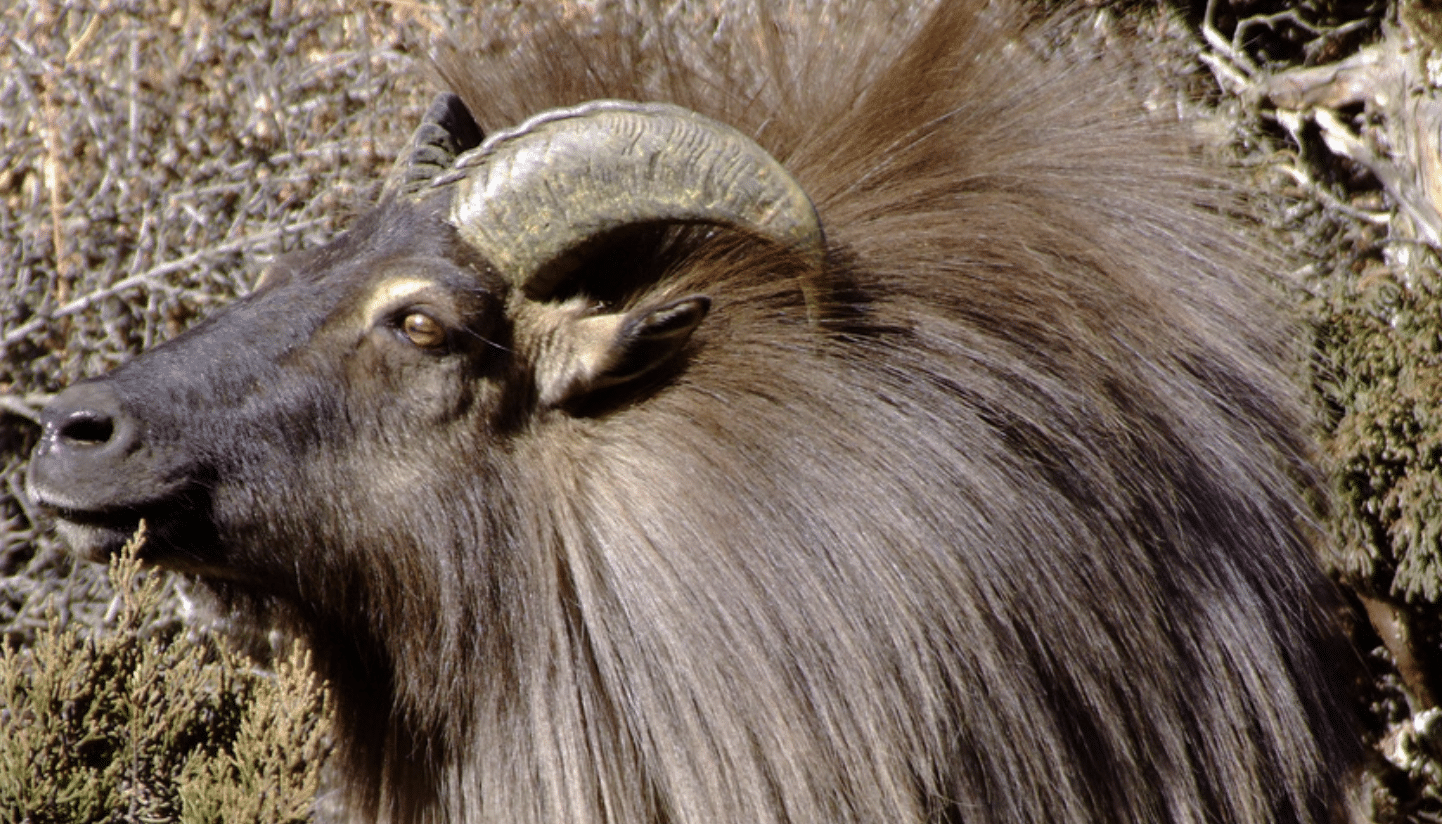
The thar is a wild goat species found in the mountainous regions of the Himalayas and surrounding areas.
These goats are excellent climbers, living in rocky, steep terrain. They are herbivorous, feeding on grasses, leaves, and shrubs.
- Scientific Name: Hemitragus jemlahicus
- Habitat: Himalayan and mountainous regions
- Classification: Mammalia, Artiodactyla, Bovidae
Familiar Animals that Start with “Th”
21. Thalassornis
22. Thornback Ray
23. Tibetan Mastiff
24. Thickshelled River Turtle
25. Themeda Grasshopper
26. Threadfin Butterflyfish
27. Three-lined Squirrel
28. Thruppence (European Greenfinch)
29. Thrasher (Brown Thrasher)
30. Thumper (Mountain Cottontail)
31. Thimbleberry Butterfly
32. Throat Frog
33. Thrasher (Northern Shrike)
34. Thrush (American Robin)
35. Thallia Dancer (Damselfly)
36. Thresherfish (Atlantic)
37. Thawed Frog
38. Thatching Weevil
39. Thimble Coral
40. Thornfish
41. Thrush (European Nightingale)
42. Thimble Star
43. Thicket Rat
44. Thresher Whale
45. Thundering Herd (Bison)
46. Thatching Ant
47. Thirteen-Lined Ground Squirrel
48. Thistle Finch
49. Thrustfish
50. Thawing Vole
51. Thrusting Shrimp
52. Thumbless Bat
53. Throated Lizard
Some Other Animals that Start with “T”
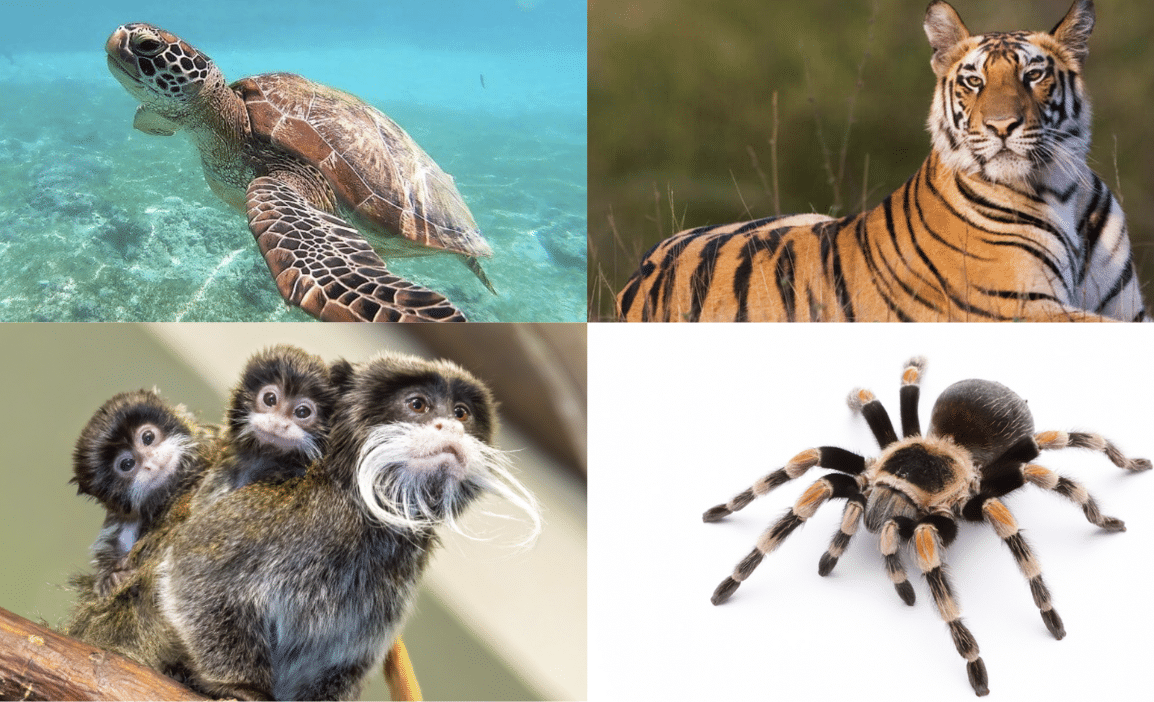
54. Tiger
55. Toucan
56. Turtle
57. Tuna
58. Tarantula
59. Turkey
60. Tortoise
61. Toad
62. Trout
63. Termite
64. Tinsel Worm
65. Turkish Angora
66. Tiger Shark
67. Tarsier
68. Triceratops
69. Tapir
70. Tree Frog
71. Tuatara
72. Tunny
73. Tamarind Monkey
74. Topi
75. Trooperfish
76. Tawny Owl
77. Tree Kangaroo
78. Tamandua
79. Tasmanian Devil
80. Tenrec
81. Treecreeper
82. Tufted Duck
83. Tegu
84. Thruppence (Greenfinch)
85. Tegu Lizard
86. Tawny Eagle
87. Tricolored Heron
88. Tortoise Shell Crab
89. Tree Sparrow
90. Takhi
91. Tufted Titmouse
92. Tumbling Flower Beetle
93. Tang
94. Tiger Salamander
95. Trillium
96. Taipan
97. Tang Fish
98. Thalassoma
99. Tarantula Hawk
100. Tetra
101. Teal
102. Toadfish
103. Tramp
104. Tumblebug
105. Tiger Catfish
106. Trapezoid Fish
107. Tulle Moth
108. Timber Rattlesnake
109. Templar Ant
110. Tundra Swan
111. Tackle Fish
112. Turnstone
113. Twite
114. Tantalus Monkey
115. Teju
116. Tarpon
117. Tapir (Baird’s)
118. Thumbsucker Worm
119. Trevally
120. Titi Monkey
121. Tortoise Beetle
122. Thistle Caterpillar
123. Tetraodon
124. Tartaruga
125. Tamworth Pig
126. Tigger
127. Talbot
128. Tigerfish
129. Tawny Frogmouth
130. Tree Snake
131. Takahe
132. Tussock Moth
133. Turaco
134. Tamarin
135. Tined Beetle
136. Toadlet
137. Tapir (Brazilian)
138. Termite Ant
139. Tiki Gecko
140. Tinned Rattlesnake
141. Tanganyikan Cichlid
142. Tiger Prawn
143. Tawny Bat
144. Torpedo Fish
145. Trawling Shrimp
146. Terrapin
147. Trollius
148. Tinca
149. Tsetse Fly
150. Tompot Blenny
151. Tulip Toadstool
152. Troodontid
153. Tern
154. Tree Shrew
155. Tawny Bear
156. Trillium Butterfly
157. Tibetan Mastiff
158. Taczanowski’s Leaf Warbler
159. Tumbling Flower Beetle
160. Tree Lobster
161. Tristram’s Starling
162. Tiburon Shark
163. Tapir (Malayan)
164. Tundra Wolf
165. Torso Snake
166. Teardrop Jellyfish
167. Taming Beetle
Wrapping Up
The world of “Th” animals shows us just how diverse and surprising nature can be.
From the tiny Thor’s hero shrew to the massive Thresher shark, each creature has carved out its own unique place in the ecosystem. These animals aren’t just interesting names on a list – they’re living proof of nature’s creativity and resilience.
But many of these remarkable animals need our help to survive. By learning about them, we take the first step toward protecting them.
Want to make a difference?
Consider supporting wildlife conservation organizations that work to protect these species, or share what you’ve learned about these amazing animals with others. The more people know about these creatures, the better chance they have of thriving in the future.


